10 things you didn't know about Keith Moon
Well, you might know them – but they're still awesome Moonie facts!
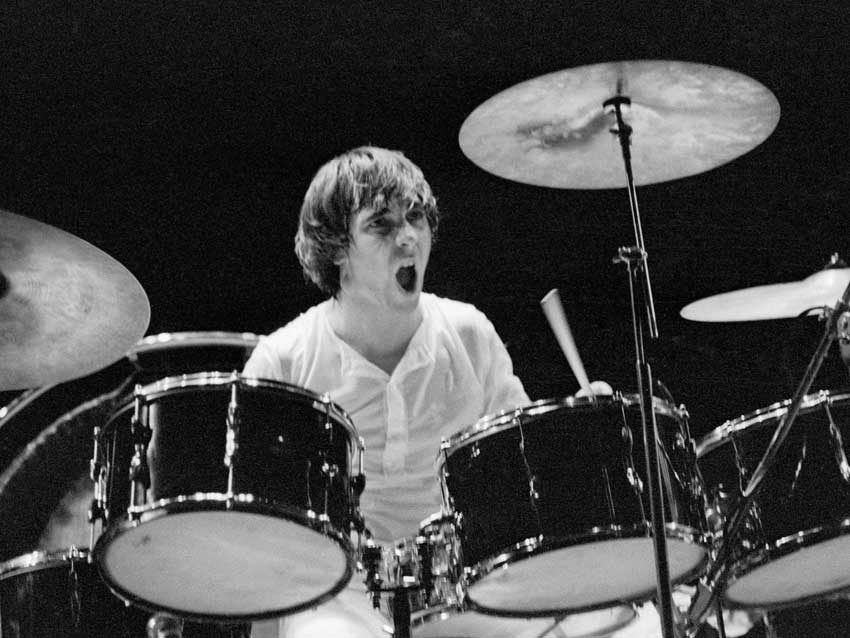
His first dep job cost the band their gigs…
Keith was 14 when he discovered drums and found his calling. He obviously made quick progress and his madcap style was there from the start. Keith’s boyhood drumming pal Gerry Evans told us, “I got in a little pop group out of Mill Hill and we were doing Wembley Town Hall on Monday nights. Keith would set my drums up and the agreement was I’d let him play. The trouble was as soon as he got on the drums it was all hell let loose, because he always played like that, from day one.”
Gerry worked at Paramount Music in London and it was he who enabled Keith to buy his first Premier kit, second-hand for £75. “When I was away on holiday,” Gerry adds ruefully, “he took my place in my band, the Escorts, and they lost all our gigs.”
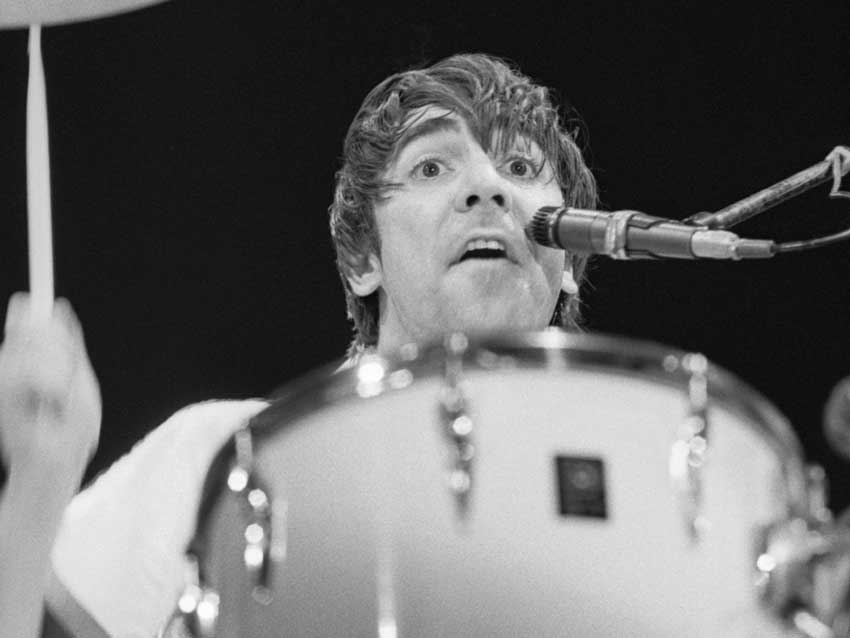
He had drum lessons
The only handful of lessons the teenaged Keith took, apparently, were from London rock monster Carlo Little (founding drummer of Screaming Lord Sutch And The Savages). Carlo had a reputation as the most slamming drummer around and no doubt bolstered Keith’s natural tendency to power-drumming while emphasising the need to keep time.
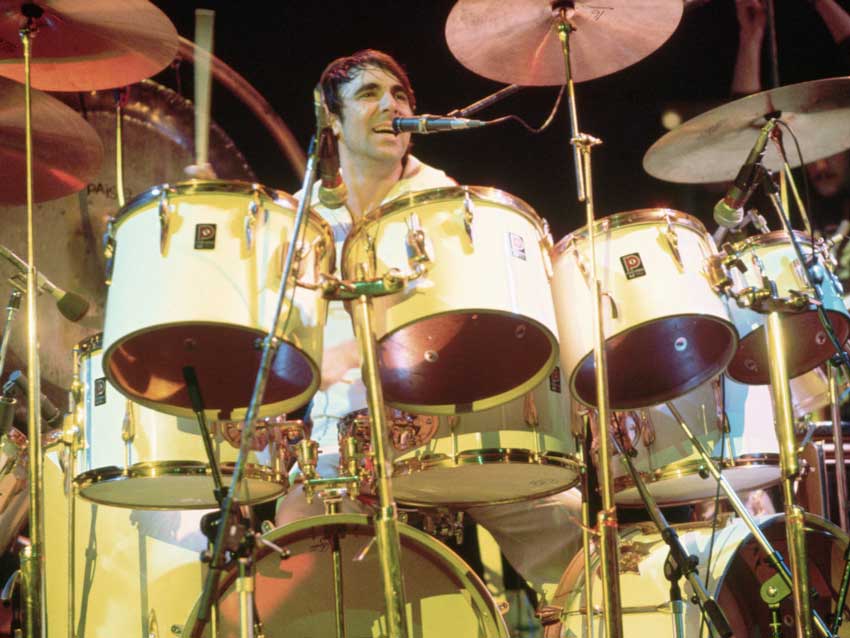
He pioneered the extended kit in rock
Keith’s famous Premier Red Glitter wrap kit (1965) had two of Premier’s unusually proportioned 14"x8" mounted toms, before in mid-1966 he got his first double bass drum Red Glitter Premier. Determined always to have the biggest kit, he soon had three top toms rather than two – all 14"x8"s which created an expansive, almost timpani-like signature tone. He also had three floor toms instead of two and placed one to his left, preceding the fusion style of the 1980s by well over a decade.
In 1968 Keith added a gong to the Champagne Silver kit heard on Live At Leeds (1970). From 1973 he added a set of four single-headed concert toms, thus ending up with 12 drums. This grew further in 1975 to the white kit with copper-plated hardware, to which was added timbales and further concert toms, making 16 drums, plus a pair of Premier timpani.
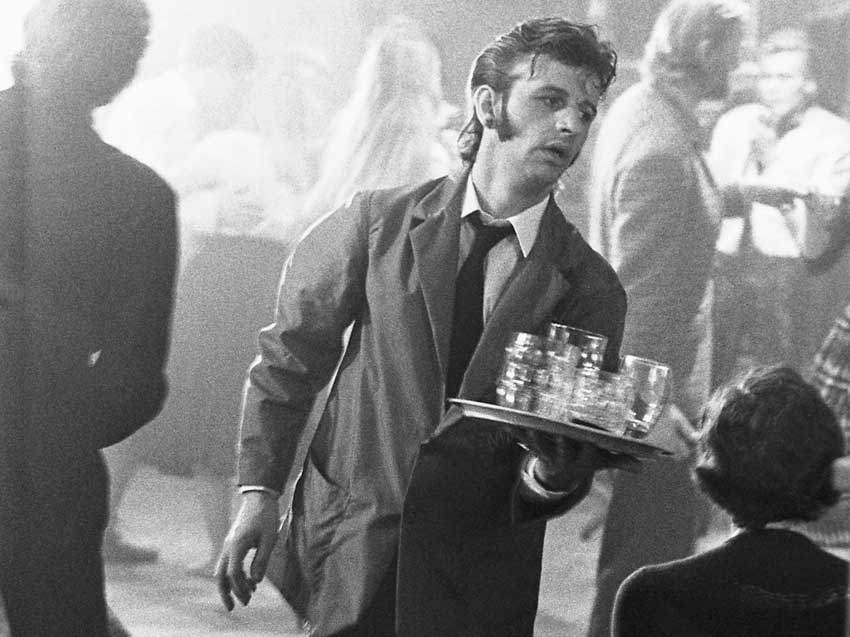
He played Ringo on celluloid…
In his finest moment on film, That’ll Be The Day (1973), set in a 1950s/’60s Butlin’s-style holiday camp, Keith channeled his friend Ringo for his portrayal of drummer JD Clover, of the fictional band Stray Cats (managed in the film by hustler Ringo). Starr had been serving out a Butlin’s summer residency when he was plucked away by The Beatles.
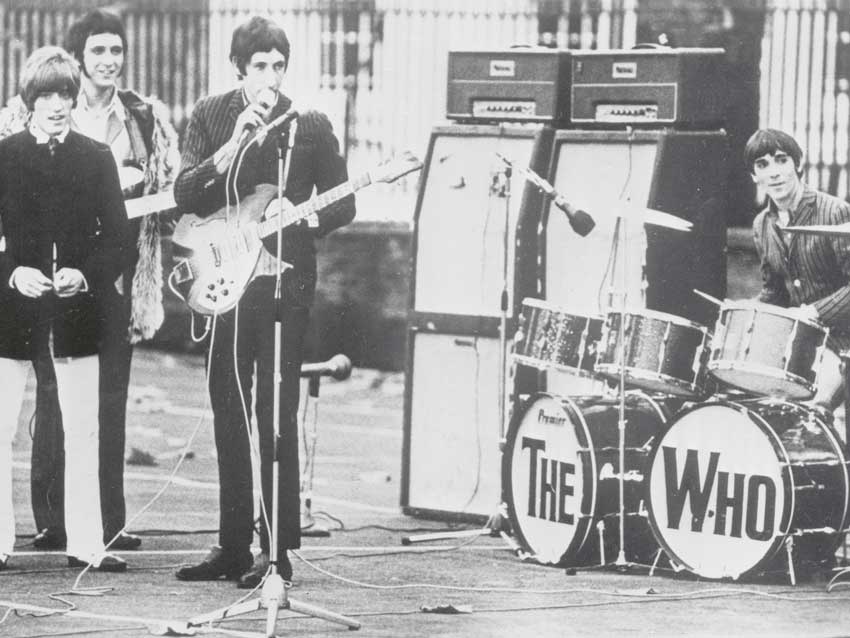
He was almost replaced by a session drummer on The Who's first single.
On the first of The Who’s three 1965 singles, ‘I Can’t Explain’, producer Shel Talmy hired a session drummer as cover – as he had when recording The Kinks’ ‘You Really Got Me’, for that session bringing in Bobby Graham. However, as Townshend recalls, Keith, “jovially told the session drummer to ‘scarper’, which he did”, and proceeded to put in a performance as tight as Graham’s on the Kinks’ session.

He pioneered playing to sequencer
On the opening ‘Baba O’Riley’ and the epic ‘Won’t Get Fooled Again’ (Who’s Next, 1971) Keith nails the synth tracks while not losing one bit of his drive. Pete Townshend: “In my home studio I played Keith a few synthesiser-chopped rhythmic demo backing tracks.
It was a revelation how well and comfortably Keith was able to play along, and I realised this was how he had always played drums with The Who, following, rather than leading, the tempo set by John and myself.” In April 1971 The Who first tried this unheard-of technology live at the Young Vic. “Keith could play to a pre-recorded tempo exceptionally well,” adds Townshend, “Something that every good drummer can do today, but was unheard of in 1971.”
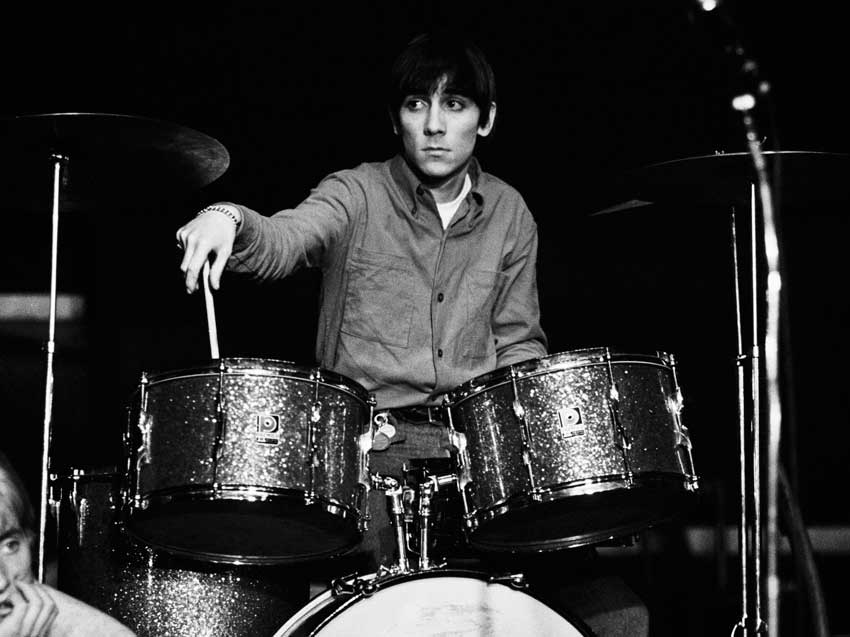
He didn't use hi-hats much…
A unique element to Keith’s (early) set-ups was the lack of hi-hat. He did add a hi-hat in later years, but it wasn’t a big part of his drumset. Predominantly he used a lot of ride and a lot of crash. A good example of this is in the ‘Who Are You’ video of the band in the studio, and for the hi-hat 16ths, Keith is leaning over to the hi-hat set to his right.
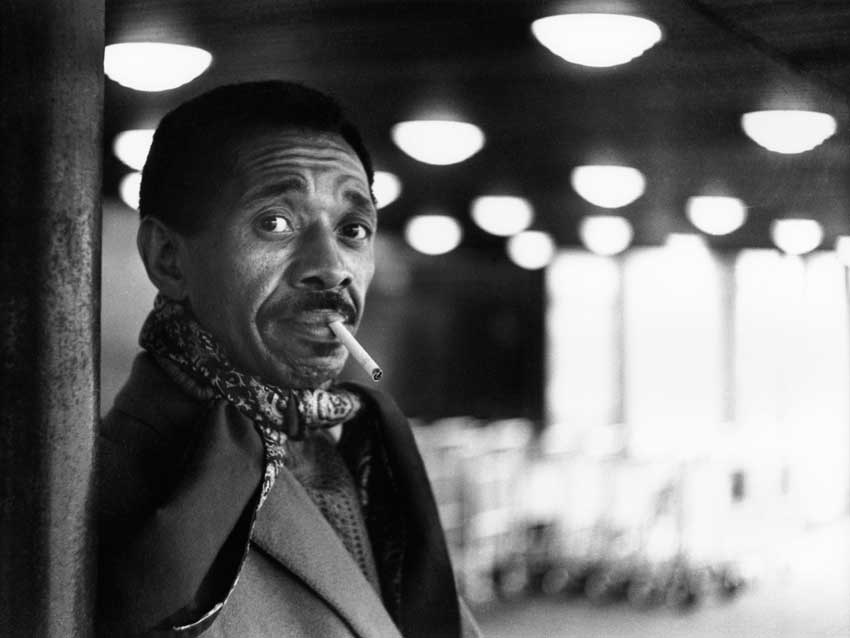
Philly Joe Jones refused to teach him…
When Miles Davis’ drummer Philly Joe Jones came to London in the ’60s, Keith sought him out for a lesson. Upon boasting to the American that he earned several thousands a week playing in the style he did for The Who, Philly admonished him to go away as anything he could show him would spoil it!
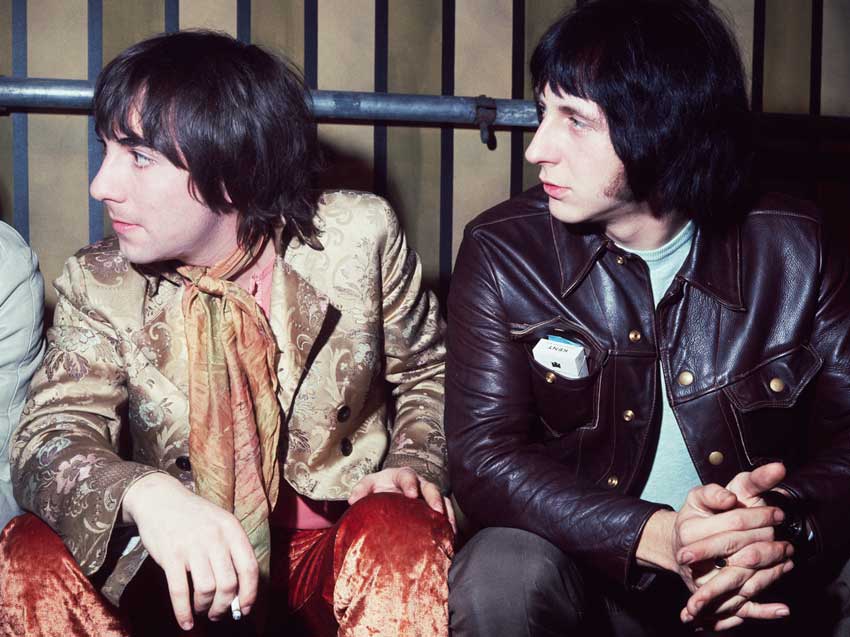
He did not drum much on his own solo album…
There are a number of theories as to why Moon was primarily vocalist on his 1975 solo album Two Sides Of The Moon. Keith had dismissed suggestions of a drum-centric album, as he largely considered drum solos tedious. Also, Cozy Powell was already considered the ‘Sandy Nelson of the 1970s’, with ‘Dance With The Devil’ in the British Top 20 over Christmas 1973.
On many selections, he chose to be backed by drummers other than himself, including Jim Keltner and Ringo Starr. A recently injured wrist could have been the reason for this, but it is also thought that Moon’s time-keeping may have been suffering through stimulant abuse. He may also have been hoping to enhance his emerging standing as an ‘all-round entertainer’, after presenting Radio One programme A Touch Of The Moon (1973); as well as acting appearances in Frank Zappa’s 200 Motels, That’ll Be The Day and Stardust.
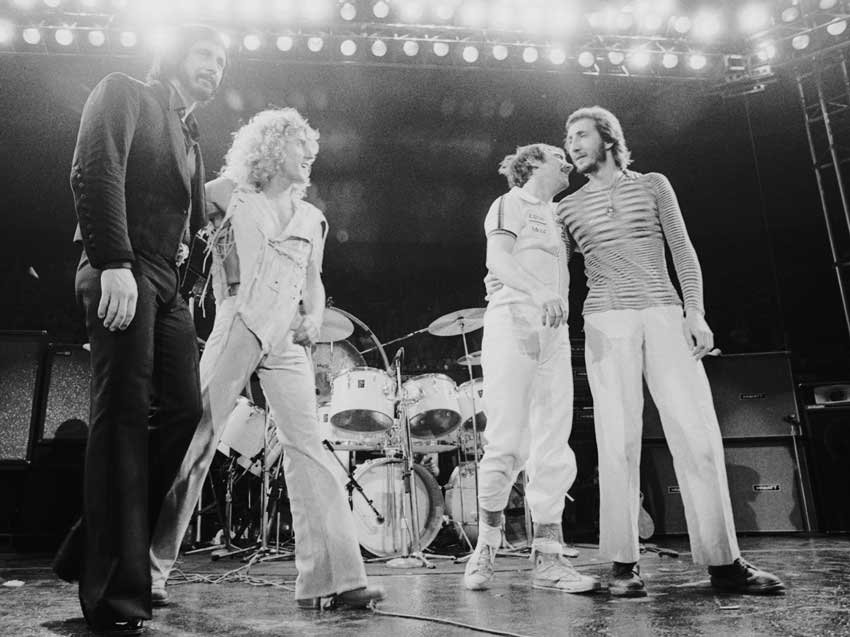
Two Sides Of The Moon 2 could have happened...
The tracks, featuring Steve Cropper of Booker T and the MGs, comedian Peter Cook, Ringo Starr and future-Who drummer Kenney Jones. The tracks, including Randy Newman's ‘Naked Man’, Steve Cropper’s ‘Do Me Good’ and ‘Real Emotion’ were later included in a 1997 reissue of Two Sides Of The Moon.
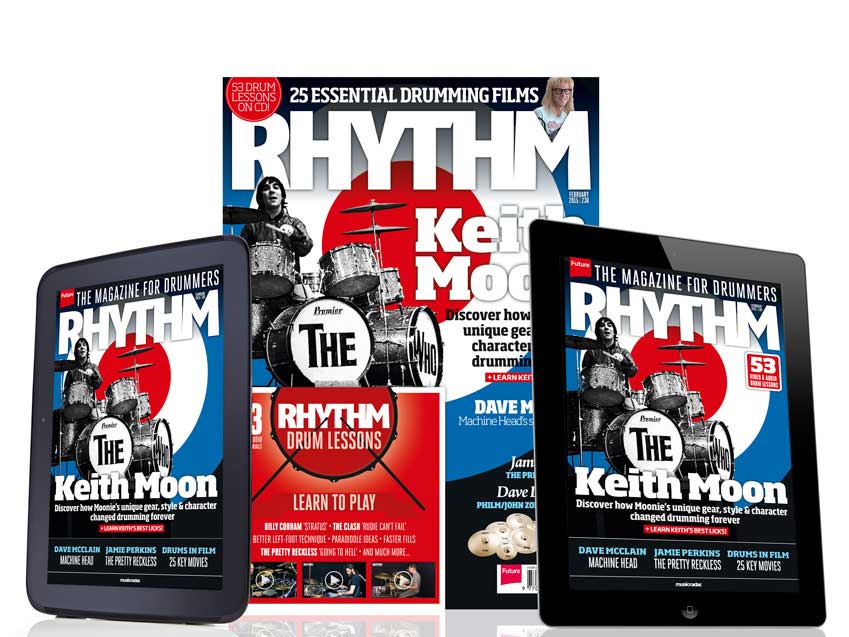
Want more?
Check out our 10 greatest Moonie moments feature here on Radar. And you can still pick up Rhythm’s Keith Moon special (February 2015) celebrating the life and legacy of the legendary Who drummer, digitally at for iOs and Android.